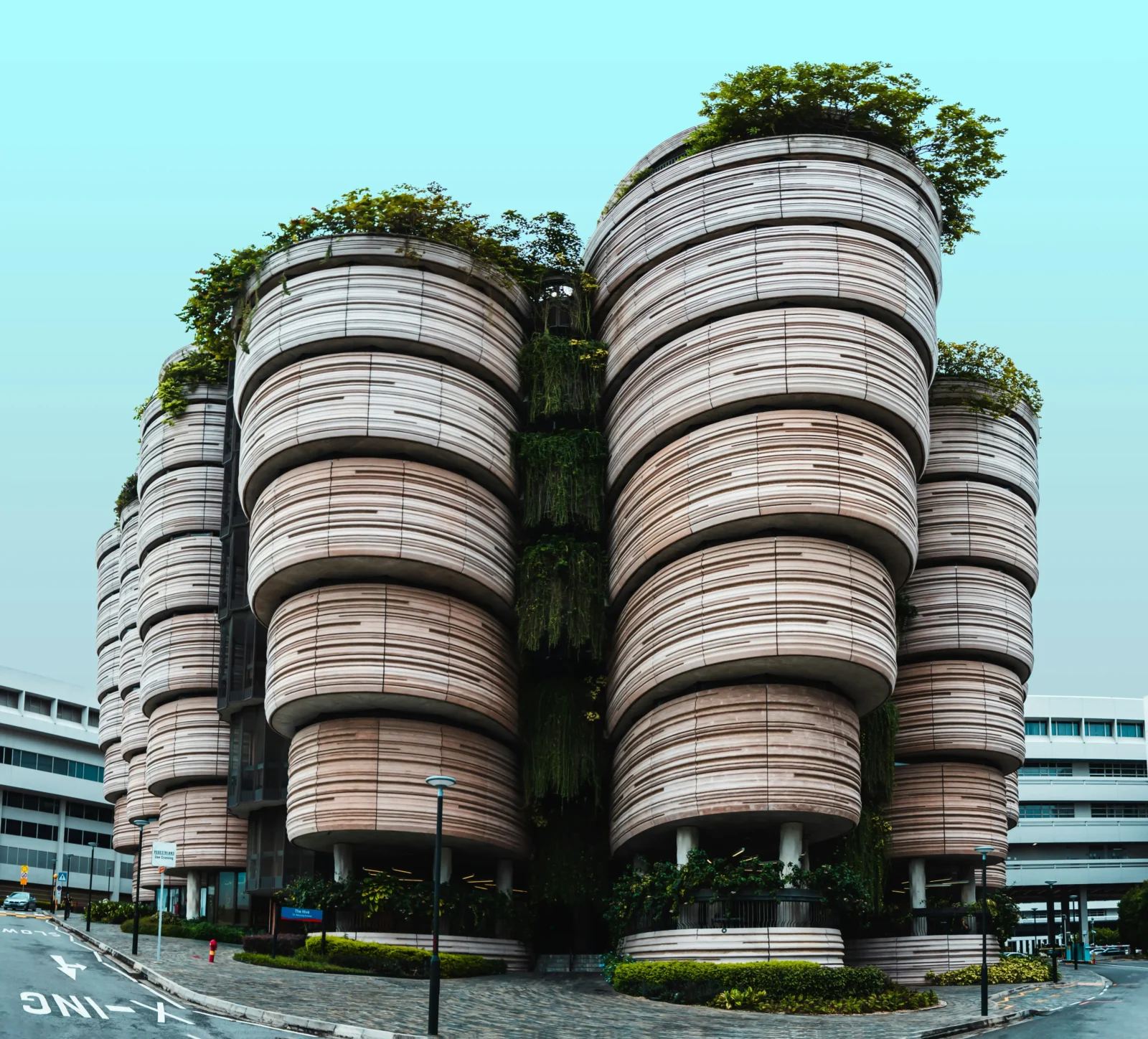- Home
- Articles
- Architectural Portfolio
- Architectral Presentation
- Inspirational Stories
- Architecture News
- Visualization
- BIM Industry
- Facade Design
- Parametric Design
- Career
- Landscape Architecture
- Construction
- Artificial Intelligence
- Sketching
- Design Softwares
- Diagrams
- Writing
- Architectural Tips
- Sustainability
- Courses
- Concept
- Technology
- History & Heritage
- Future of Architecture
- Guides & How-To
- Art & Culture
- Projects
- Interior Design
- Competitions
- Jobs
- Store
- Tools
- More
- Home
- Articles
- Architectural Portfolio
- Architectral Presentation
- Inspirational Stories
- Architecture News
- Visualization
- BIM Industry
- Facade Design
- Parametric Design
- Career
- Landscape Architecture
- Construction
- Artificial Intelligence
- Sketching
- Design Softwares
- Diagrams
- Writing
- Architectural Tips
- Sustainability
- Courses
- Concept
- Technology
- History & Heritage
- Future of Architecture
- Guides & How-To
- Art & Culture
- Projects
- Interior Design
- Competitions
- Jobs
- Store
- Tools
- More

In the modern age, technology has become an integral part of our daily lives. From smartphones to smart homes, technology is changing the way we live, work and play. And when it comes to interior design, technology is playing an increasingly important role in the creative process. In this article, we will explore how technology is being integrated into interior design, and the benefits it brings.
One of the key ways technology is being integrated into interior design is through the use of computer-aided design (CAD) software. CAD software enables interior designers to create detailed, 3D models of their designs, allowing them to visualize how a space will look before any physical work begins. This technology has revolutionized the design process, allowing designers to experiment with different layouts, color schemes, and materials without having to physically move anything around.
Another way technology is being integrated into interior design is through the use of virtual and augmented reality (VR/AR) technology. VR/AR technology allows designers to create immersive, interactive experiences for clients, allowing them to walk through a virtual version of their space before any work begins. This technology is particularly useful for large-scale projects, such as commercial spaces, where it can be difficult to visualize the finished product without actually being there.
Technology is also being used to create smart homes, where technology is seamlessly integrated into the design of the space. For example, smart lighting systems can be installed that allow homeowners to control the lighting in their home from their smartphone or tablet. Smart thermostats can be installed that learn the homeowner’s behavior and adjust the temperature accordingly, saving energy and money.

In addition to these practical benefits, integrating technology into interior design also allows for greater creativity and innovation. For example, 3D printing technology can be used to create bespoke furniture and fittings that would be impossible to create by hand. Similarly, advances in lighting technology have led to the development of innovative lighting solutions, such as LED strip lighting, that can be used to create stunning visual effects.
One of the key benefits of LED strip lighting is its energy efficiency. LED lights use significantly less energy than traditional incandescent bulbs, which can result in significant cost savings over time. In addition, LED strip lighting has a longer lifespan than traditional lighting solutions, reducing the need for maintenance and replacement.
Another benefit of LED strip lighting is its versatility. LED strips can be used to create a range of different lighting effects, from subtle ambient lighting to bold and dramatic accent lighting. They can be installed in a variety of locations, including under cabinets, along staircases, or even on the ceiling. LED strip lighting can also be controlled using a range of different technologies, including smartphone apps and voice assistants. This allows users to adjust the brightness, color, and timing of the lights, creating customized lighting experiences that can be adapted to suit their mood or needs.

Of course, there are also some challenges associated with integrating technology into interior design. One of the main challenges is ensuring that the technology is integrated seamlessly into the design of the space, so that it enhances rather than detracts from the overall aesthetic. This requires a careful balance between form and function, and a deep understanding of both technology and design.
Artificial intelligence (AI) is a rapidly evolving technology that has the potential to revolutionize many industries, including interior design. While the use of AI in interior design is still in its early stages, there are already several applications of AI that are showing promise. One potential use of AI in interior design is to assist designers in the early stages of the design process. AI algorithms can analyze data on user preferences and behavior, as well as trends in the market, to provide insights and recommendations on design elements such as color palettes, furniture styles, and materials. This can help designers to create designs that are tailored to the specific needs and preferences of their clients, while also keeping up with the latest trends in the industry.
We can lastly say that technology is playing an increasingly important role in interior design, allowing designers to create more innovative, efficient and visually stunning spaces. From CAD software to VR/AR technology, smart homes to 3D printing, technology is enabling designers to push the boundaries of what is possible, and create truly unique and inspiring spaces. As technology continues to evolve, we can expect to see even more exciting innovations in the world of interior design in the years to come.

Submit your architectural projects
Follow these steps for submission your project. Submission FormLatest Posts
Using Textured Concrete to Achieve Wood Aesthetics in Architectural Hardscaping
In contemporary landscape and architectural design, material expression plays a crucial role...
Pedestrian Accidents Without a Crosswalk: Can You Still Recover Compensation?
Getting hit while crossing outside a crosswalk can feel like an instant...
8 Examples of Successful Disaster Resilient Architecture
As climate risks increase, architects around the world are creating innovative structures...
Preventing Cyber Threats in Smart Buildings by Design
The trend of integrating IoT technologies into buildings isn’t going away. More...












Leave a comment